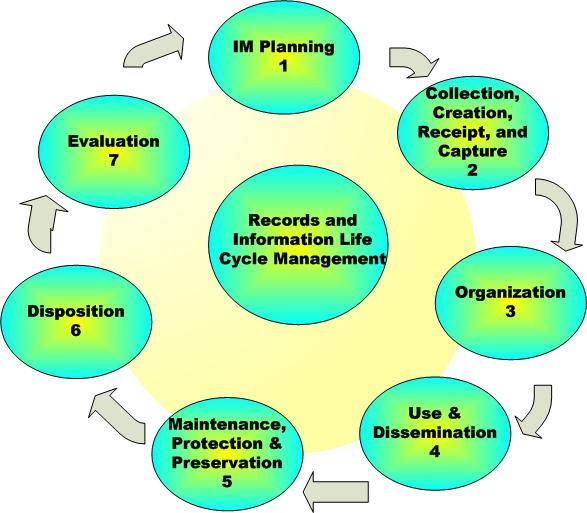Blogging is done for many reasons, many of which are described in two great posts by Lilia Efimova:
- Blogging for knowledge workers: incubating ideas
- Blogging for knowledge workers: personal networking
But what role might corporate blogs play in organizational storytelling?
Organizations, cultures and societies are sustained by stories and our attempt to understand and negotiate the world is grounded in narrative. Storytelling translates bare facts and logical argument into a form with which people can engage – both emotionally and intellectually. A good story is the simplest and most powerful way to create a desired future. It is the story that guides us in our day-to-day interactions. It is the story through which knowledge is created, stored and passed on. While people may come and go in the organization, it is the story that remains to remind people who they are and where they are going to.
According to Storytelling.co.za, Organizational storytelling comes in two distinct flavours; the life stories of the individuals that comprise the organization and the organizational narrative. It is important to engage both; the stories of individual employees are useful in understanding the unique organizational 'diversity mix' and the organizational story creates context for day-to-day experience.
Individual narrative engages stories from the front lines with themes such as 'here's how I do things, this is my experience, opinion or judgement". While stories are widely told in the workplace (around the water-cooler, for instance) there are relatively few places for individuals to tell their story to a larger audience or to record their story. An internal blogging platform that is easy to use, available to all employees, and searchable by corporate search engines could be a powerful way to capture and share tacit know-how held within the organization.
Organizational narrative engages stories with themes such as 'what is going on?, who we are? what do we sell? how we do things here, where we are coming from and where we are going to'. These are profoundly important stories and they need to be deliberately told and controlled by leadership. An internal blog regularly updated by senior managers could be a powerful way to pass on those stories and engage staff in a conversation about what those stories might mean for the work of the organization.
I have seen numerous examples of individual narrative captured on blogs, but I have seen only a few examples of organizational narrative effectively told on corporate blogs. If you have examples, I'd love to hear about them.



